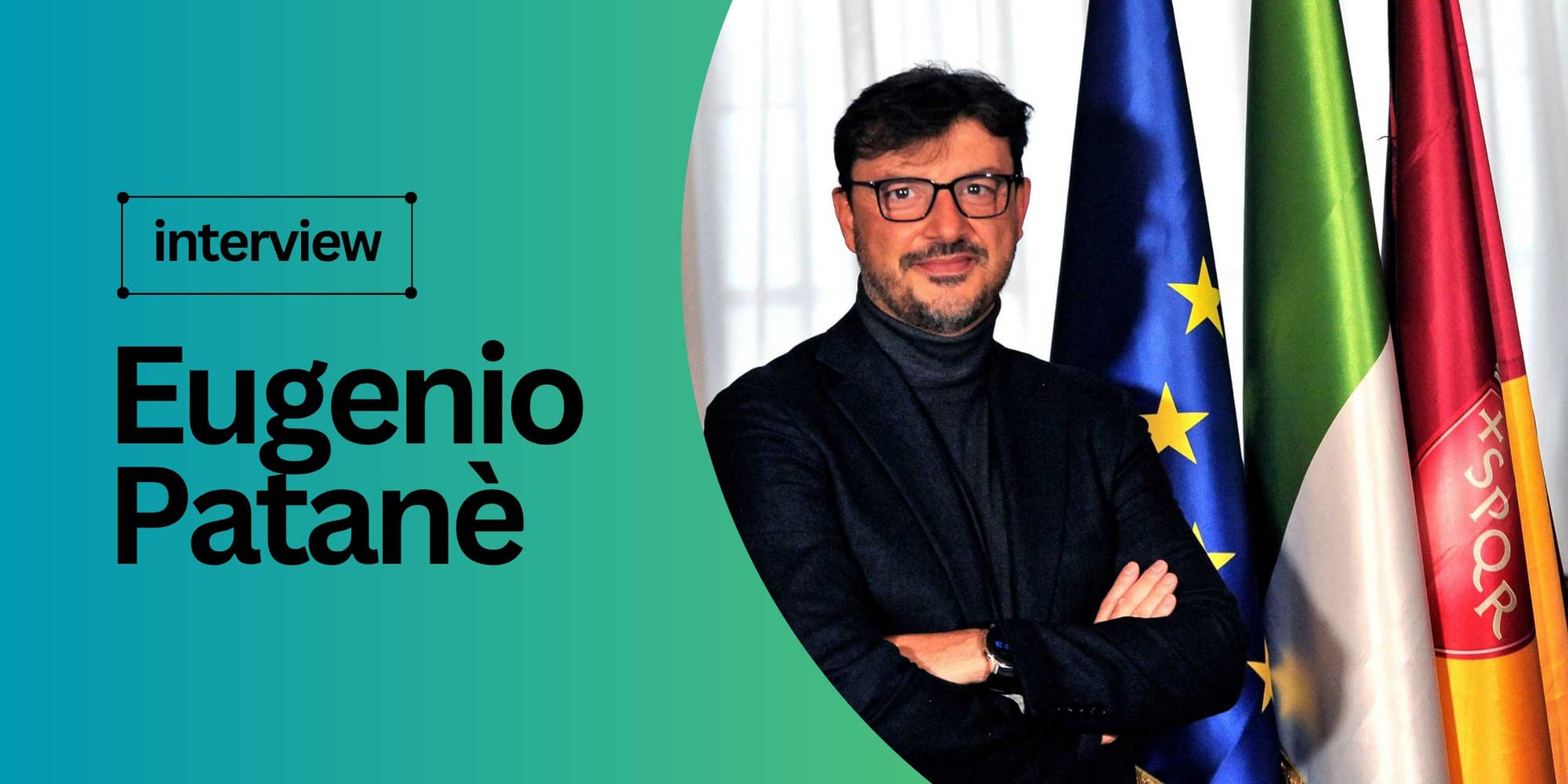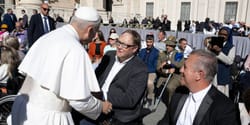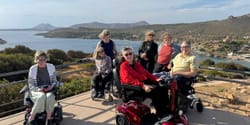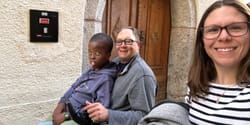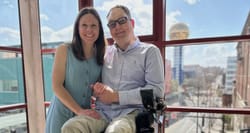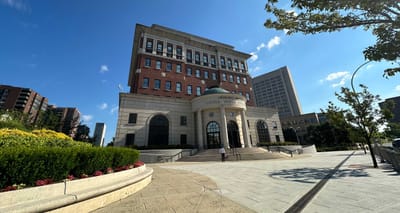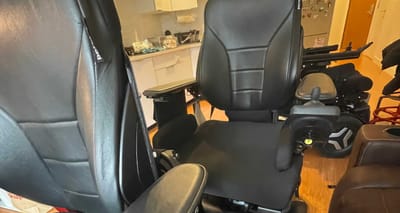At the 2025 ITS World Congress in Atlanta, I sat down with Eugenio Patanè, Rome’s Deputy Mayor for Sustainable Mobility and Transport, to talk about what the Eternal City is doing to become easier to navigate for disabled residents and visitors.
In this candid conversation, we dig into Rome’s plan to shift from car-centric streets to true intermodality, the rapid expansion of wheelchair accessible taxis, ongoing upgrades to buses and trams, and how a national “mobility-as-a-service” platform could personalize door-to-door journeys. If you’re curious how policy, technology, and accessibility can work together in a historic city, this interview, available in its entirety to paid members, is for you.
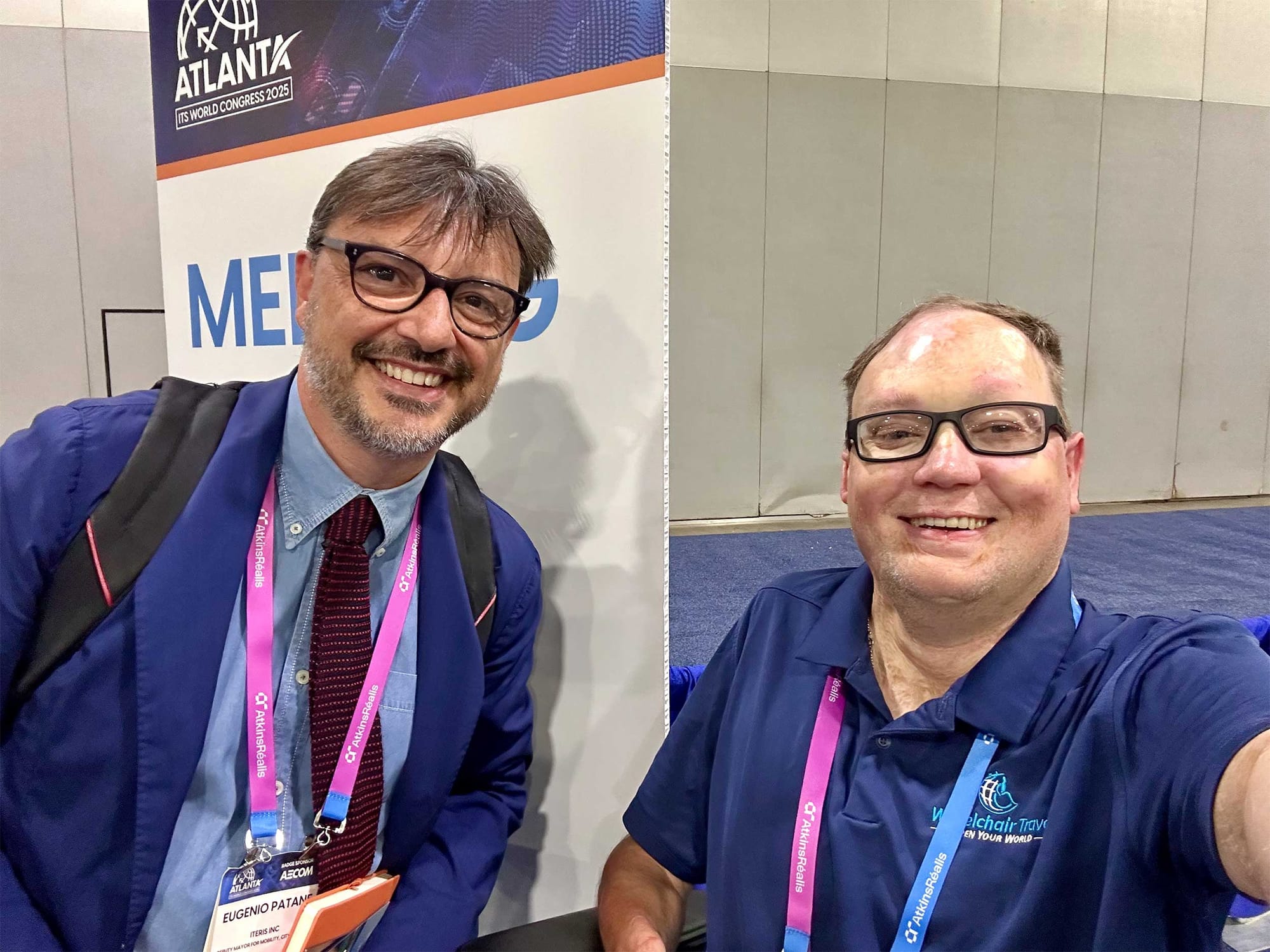
Here is the transcript of our conversation:
John Morris:
I am John Morris, and I run WheelchairTravel.org, which is the largest publication focused on accessible travel. My goal is to provide information to disabled people so that they can take better advantage of the travel opportunities that exist. Rome is my favorite city in the world. I visit every year.
Eugenio Patanè:
Thank you.
John Morris:
I will be returning to Rome in October and I was very excited by your presence here. One could say that Rome has a lot of opportunity in creating a more accessible transportation infrastructure. I was hoping that you could share a little bit about your panel discussion on Sunday. I would have attended, but was speaking in a competing panel. What is ITS technology bringing to Rome and how might that impact disabled travelers?
Eugenio Patanè:
Well, I think we have to start from the challenge that we are in Rome and the goal that we want to reach. Rome is a very car-centric city, and we face some problems. The first one is pollution. Not only the polluting substances that have an effect on climate change, but the polluting substances that have an effect on the health, the physical health of the people, and the mental health of the people.
The congestion that in Rome is very high, because we have 1.9 million cars, but we have only 1.4 million driving licenses. So we have more cars than driving licenses. And these cars are still in the street for 92% of the time, and they move only for the 8% of the time in a year. Most of the time they are not used, they are not useful for the mobility of the people. We have to reduce the number of cars that are moving, but at the same time, we have to reduce the number of cars in property to the people that are to a different idea of mobility. The congestion, the climate, and the third one is the safety on the street, because we have a very important problem of deaths in the street. You have to know that Rome does not have much accidents like in other cities, but we have a very big problem with pedestrian. A lot of pedestrian are objects of fatalities and also the cyclists. We have to reduce the number of accidents by reducing the number of cars, because accidents and number of cars are proportional. The more you have cars, the more you have fatalities. At the same time, we have to act on the death of pedestrians and that the death of cylists.
John Morris:
What is being done to bring about the changes you envision?
Eugenio Patanè:
To reach these goals and face this challenge, we have to act on sustainable mobility and innovation. The main goal is to reduce the number of cars. How to do that: trying to pass from a car-centric city to a city of intermodality. The culture now is that if I had to go from a point A to a point B, I take the car. This kind of culture now is ancient, but makes a lot of problem, so we have to change it. The system and mobility that we want to bring is that if you have to move from a point A to point B, the backbone of the mobility must be the public transportation, but you have to move with other kind of actors for the last mile and for the first mile. We have to build a system of mobility that cover the door-to-door movement if you have to go to the university, to the hospital, to work, to the mall, to do your service.
Until now, from 170 years, we have seen the mobility from the eye of the operators. The operators of public transportation give you a line of bus, a line of train, a line of subway, and say just, this is my offer to you. You can take that from here to here, but I don't care what happens after and what happened before. The change that we want to do is a system of mobility viewed by the eye of the users, the users and the people at the center of mobility. The innovation and administration and the politician and the politics of mobility have to tailor a suite for the different needs of the people. Until now, what happened: I don't care if you are people with disability or not. I don't care if you are 17, or you are 85 years old. I don't care if you are a male, or if you are a female. I don't care if you are poor or you are rich. I give you my line of bus, my line of tram, my line of subway. That's it. This is a big error for me, a big mistake.
Without support from readers like you, I cannot travel to conferences like the ITS World Congress. Please consider supporting my efforts to make travel accessible for everyone by upgrading to a paid subscription today.
We must pass from the dictatorship of cars and the dictatorship of the operators of transportation to the democracy of the different vectors of mobility that you have to use for your personalities, for your peculiarities, for your characteristical person. Probably my needs are different from you. Treating every person in the same way, you treat the people in a different way. I can probably say to my 17 year--old daughter, take a scooter to do the first mile. But if I say the same thing to my mom, that is 85 years old, she won't take the scooter. She needs a taxi. I cannot treat the people in the same way. If I treat the people in the same way, I'm treating them differently.
So, what are we trying to do? First of all, putting in the city a lot of actors, from the public transportation to the sharing mobility, to the cycling path, to the transport on demand, to the taxi, to the Uber, and what we are trying to do is a universal system, a mobility designed for all, for all the economic conditions. If I am poor, I can choose something. If I am rich, I can choose something else. This project must be universal. What I mean when I talk about universal is a classic ramp and the stairs. If I can build a ramp, why do I have to build the stairs? If I build a ramp, that's a universal project. If I build stairs, only someone could go through the stairs. My design of the mobility, my project on mobility must be universal for every condition, every economic condition, every physical condition, every gender condition, every age condition. This is what we are trying to do in Rome.
John Morris:
Equitable access to transportation is important, but how do you get there? How will it work in a city like Rome?
Eugenio Patanè
You have to build infrastructure that is the backbone—subway, tram and street car, and more buses, more transport on demand, especially for the suburb. We introduced transport on demand and every of these tools are accessible for everyone. It cannot happen in 2025 that there are vectors that are not accessible. Second, we have to build sustainable mobility. Every bus and every tram and every taxi must be sustainable—electric or hybrid or hydrogen buses. We are focusing a lot on hydrogen, and the sustainable mobility like cyclists, car sharing, bike sharing and whatever.

